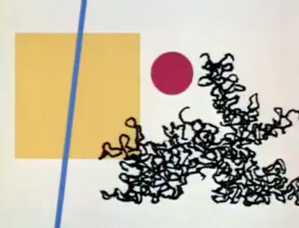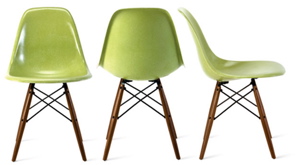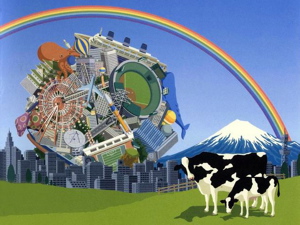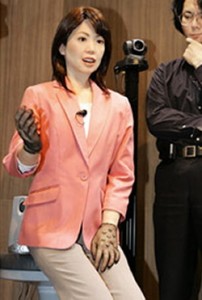Lee Byron: Five designs that evoke joy … or not
October 4, 2009 | By | Category: General News |
1. The Dot and the Line: A Romance in Lower Mathematics Byron says the short film from the 1960s is one of his all-time favorite animations. “People are attracted to things that seem like they have emotion,” he says. |
| 2. Vimeo.com and Blast.fm “Both have a feature where you can ‘like’ content, and the animation associated with it makes you want to push that button. It sucks you in.” |
|
 |
3. Charles and Ray Eames Furniture “Furniture is inherently interactive—you sit in chairs, you place things on the table. The difference between boring furniture and really nice furniture are these same details—the little bits that cause you joy and cause you to be invested. Charles and Ray Eames really totally understand this idea that people should find joy with their experience with designed objects.” |
 |
4. Katamari Damacy “The premise sounds sort of silly and stupid, but the way the game actually plays out grips you on an emotional level. You have this ball and you have stuff stick to your ball. The animations and sounds—each one is a little endorphin shot. I really find things interesting that take one aspect of creating joy and focus on that.” |
 |
5. Humanoid Robots Psyche. Byron actually finds these creepy, often Japanese, robots joyless. He refers to Masahiro Mori’s “uncanny valley” theory, which posits that when robots and computer-animated characters look and behave too similarly to humans, it inspires not joy but revulsion. “Animation should get as close to humanlike as possible,” Byron says, “but not [so close] that it upsets people.” |
Kate Kilpatrick is a student at UC Berkeley Graduate School of Journalism
